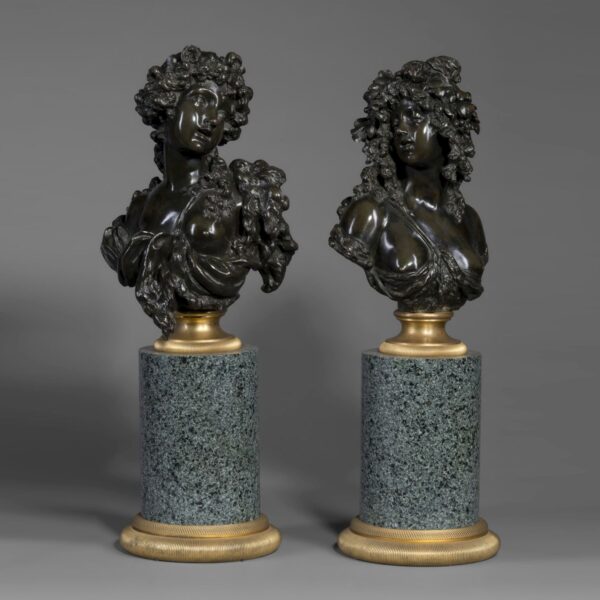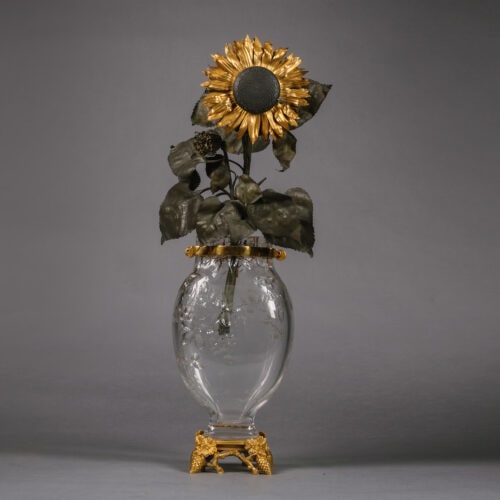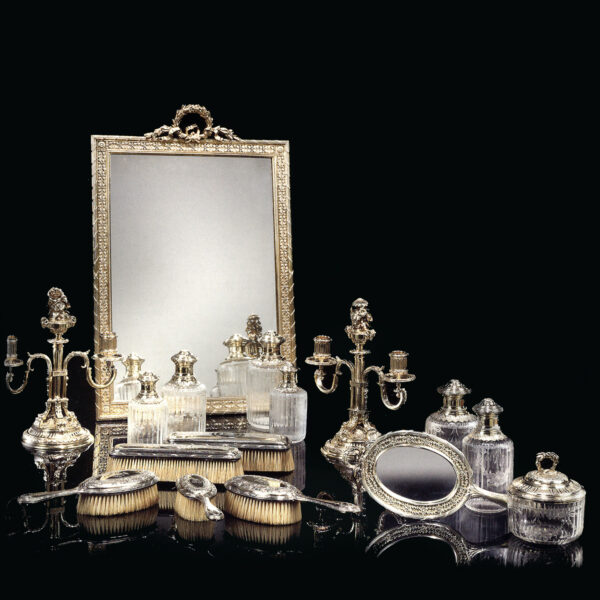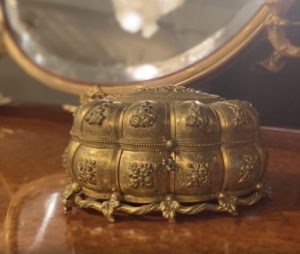Чарльз Камберворт
Пара аллегорических групп Наполеона III с изображением музыки и вина
£18,000
A Pair of Louis Philippe Gilt-Bronze Allegorical Groups Depicting Music and Wine. Each group is set on a naturalistically modelled base and finely modelled...
Размеры
Height: 43 cm (17 in)Ширина: 31 см (13 дюймов)
Depth: 17 cm (7 in)
Описание
A Pair of Louis Philippe Gilt-Bronze Allegorical Groups Depicting Music and Wine.
Each group is set on a naturalistically modelled base and finely modelled and chiselled with superb matte and burnished gilding. The first group represents Music, with a seated male figure instructing a young boy on playing the lute; the second figure represents Wine, with a seated bacchante, with vine leaves to her hair and holding aloft a bunch of grapes whilst raising a scallop shell for an attendant child to drink from.
Allegorical and didactic sculptures were highly appreciated in the 19th century, responding to the aesthetic tastes of Neoclassicism and looking back to important examples from the Ancien Régime and the Renaissance. The present figural groups with their exceptional gilding and fine casting are outstanding examples and highly desirable.
Stylistically these figural groups can be attributed to Charles Cumberworth (French, 1811-1852).
France, Circa 1840.
Дата
Около 1830 года
Происхождение
Франция
Средний
Позолоченная бронза
Charles Cumberworth appears to have been born in the United States to an English father and a French mother. In Paris this proved to be a considerable handicap, for his parentage was not only the cause for rejection as a prize winner of the Prix de Rome in 1836, but also for his being awarded only three minor state commissions.
Cumberworth’s style is deeply indebted to his teacher, James Pradier, with whom he studied from 1829 until 1836. Sidelined by the Beaux-Arts system, Cumberworth naturally aligned himself with the emerging anti-academic sculptors of Romanticism in the 1830s, such as Feuchere, Dantan, Maindron and Barre. In the absence of official patronage, he was one of the first sculptors to create his models exclusively as statuettes and sell them to editeurs, such as Susse. Appropriately, his models were also reproduced in England in parian ware by Copeland.
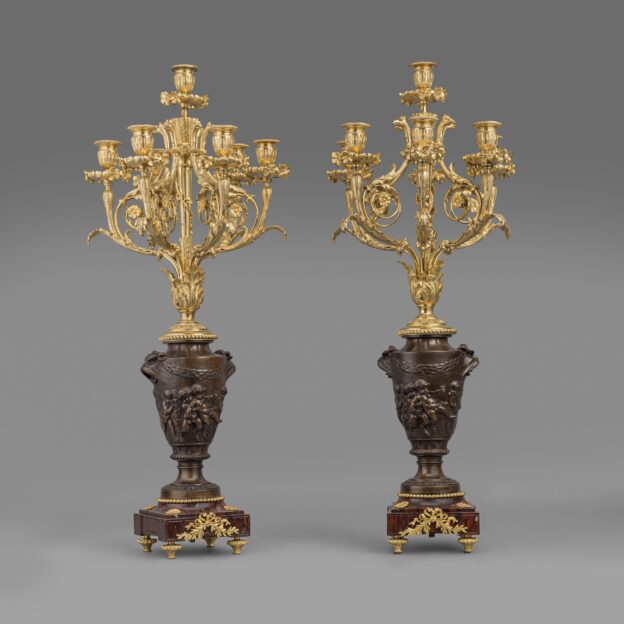




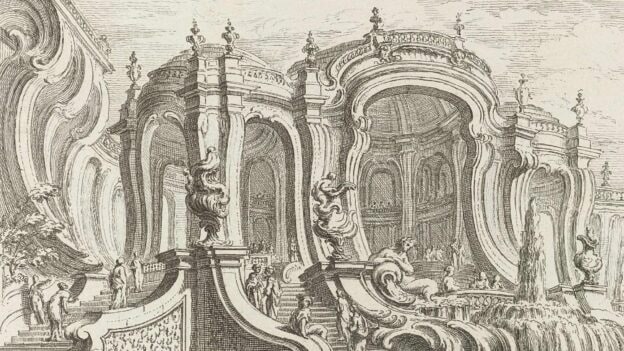
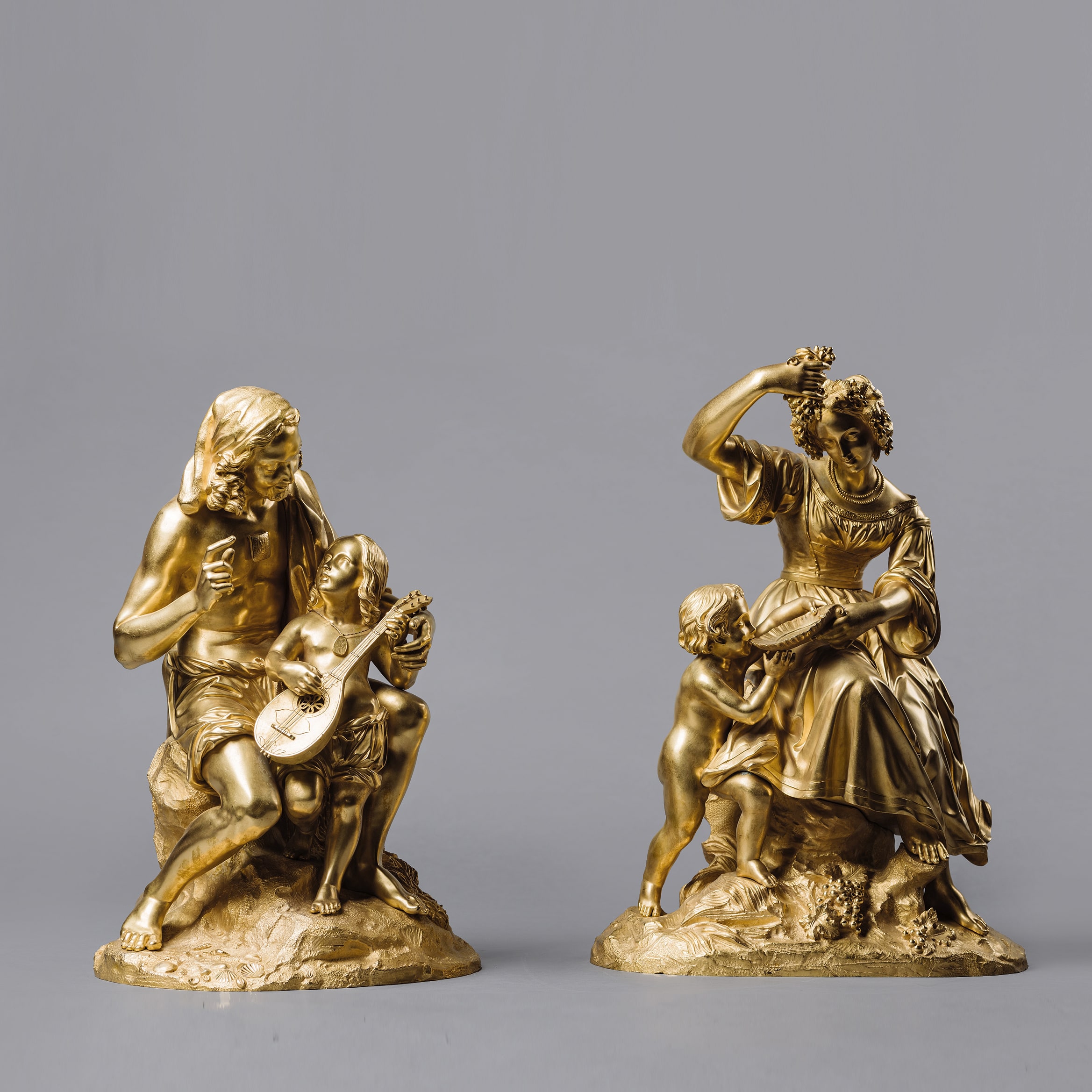
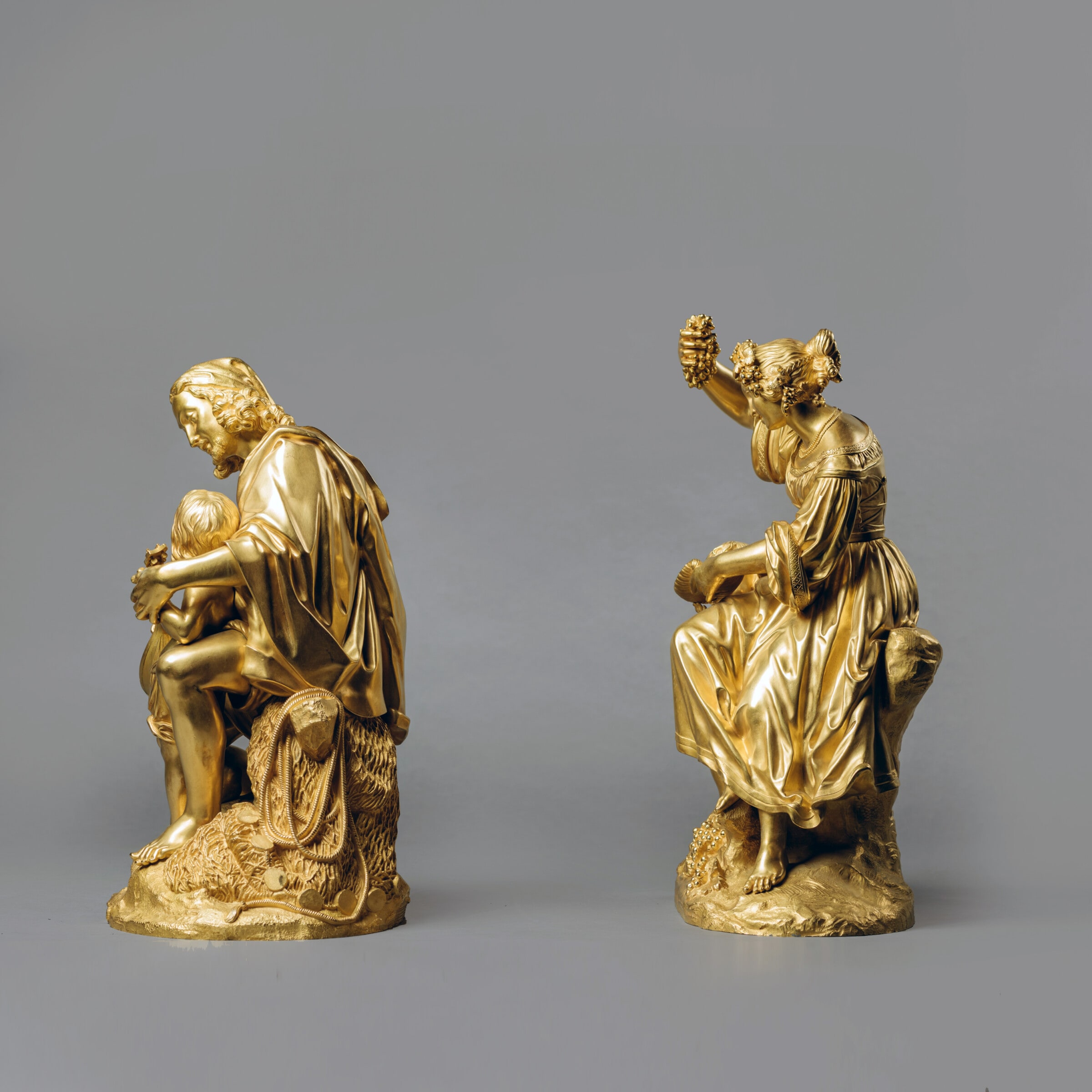
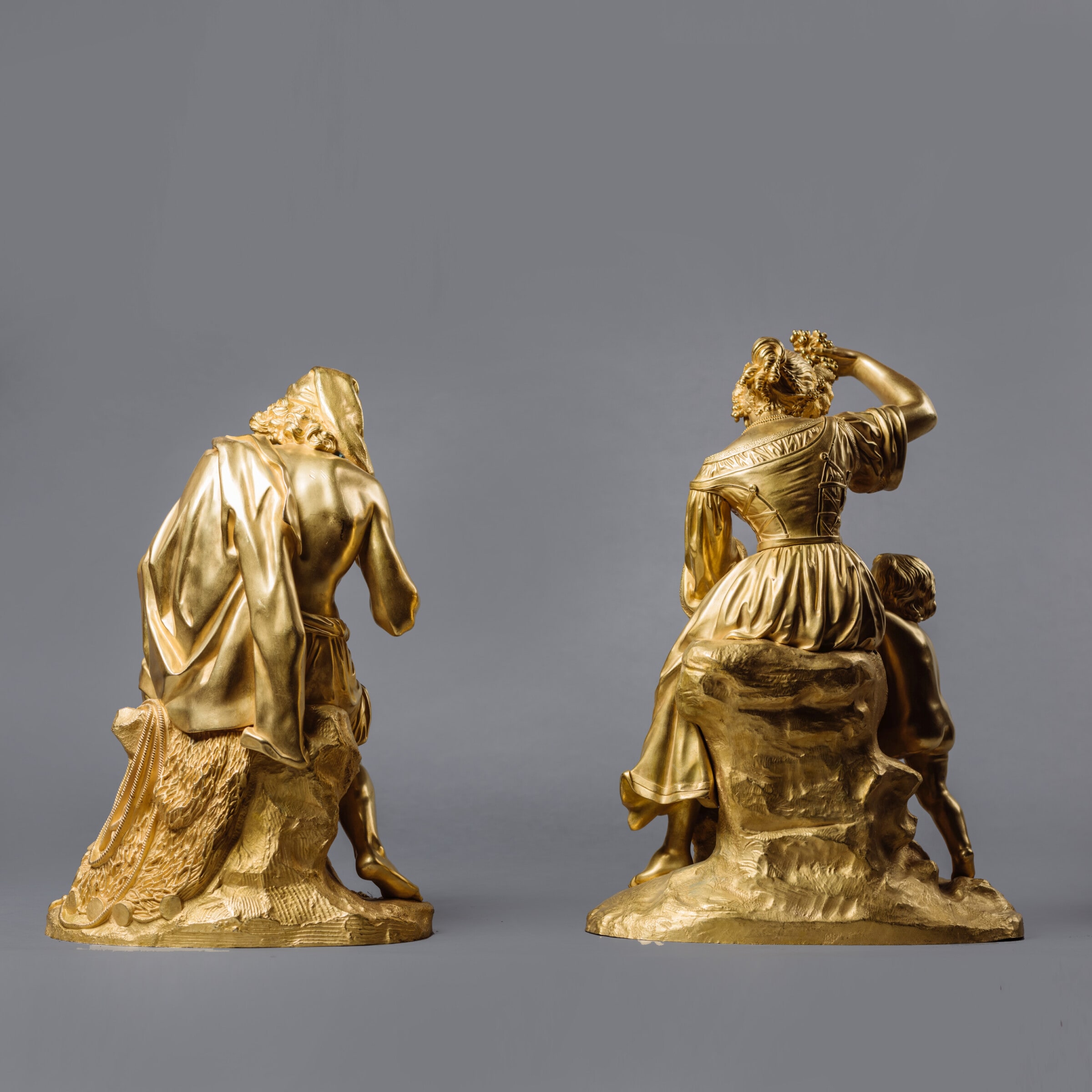
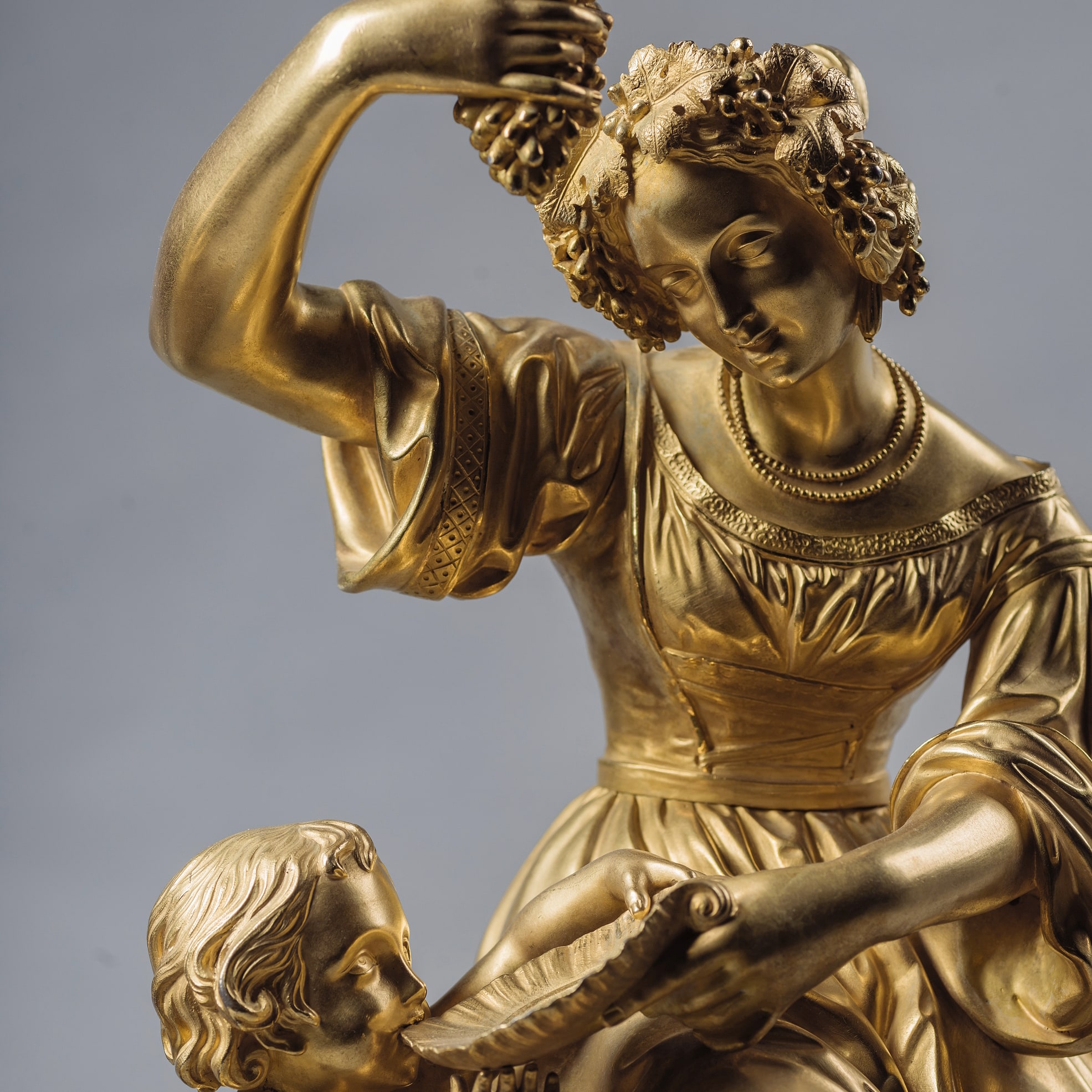
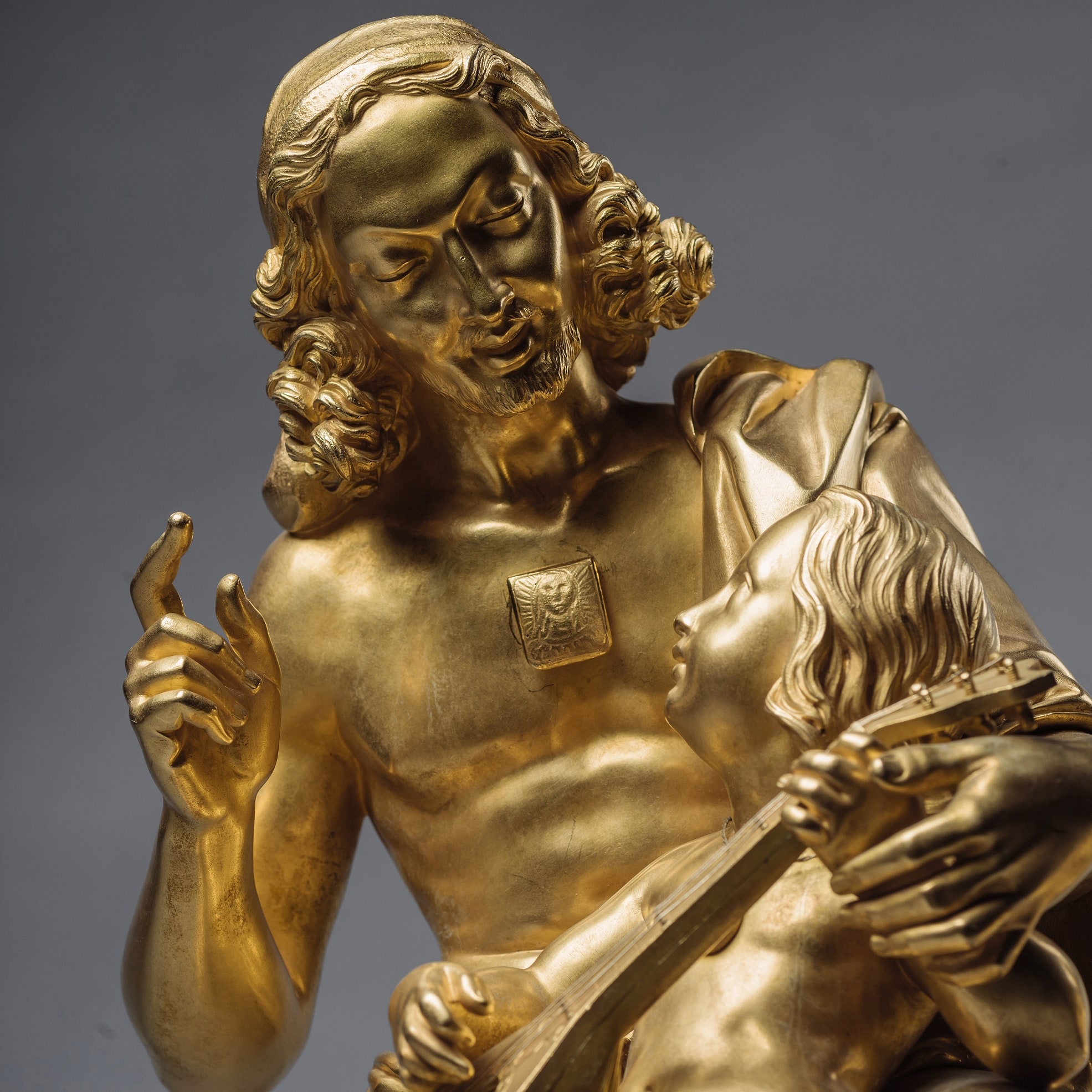

 Печать
Печать